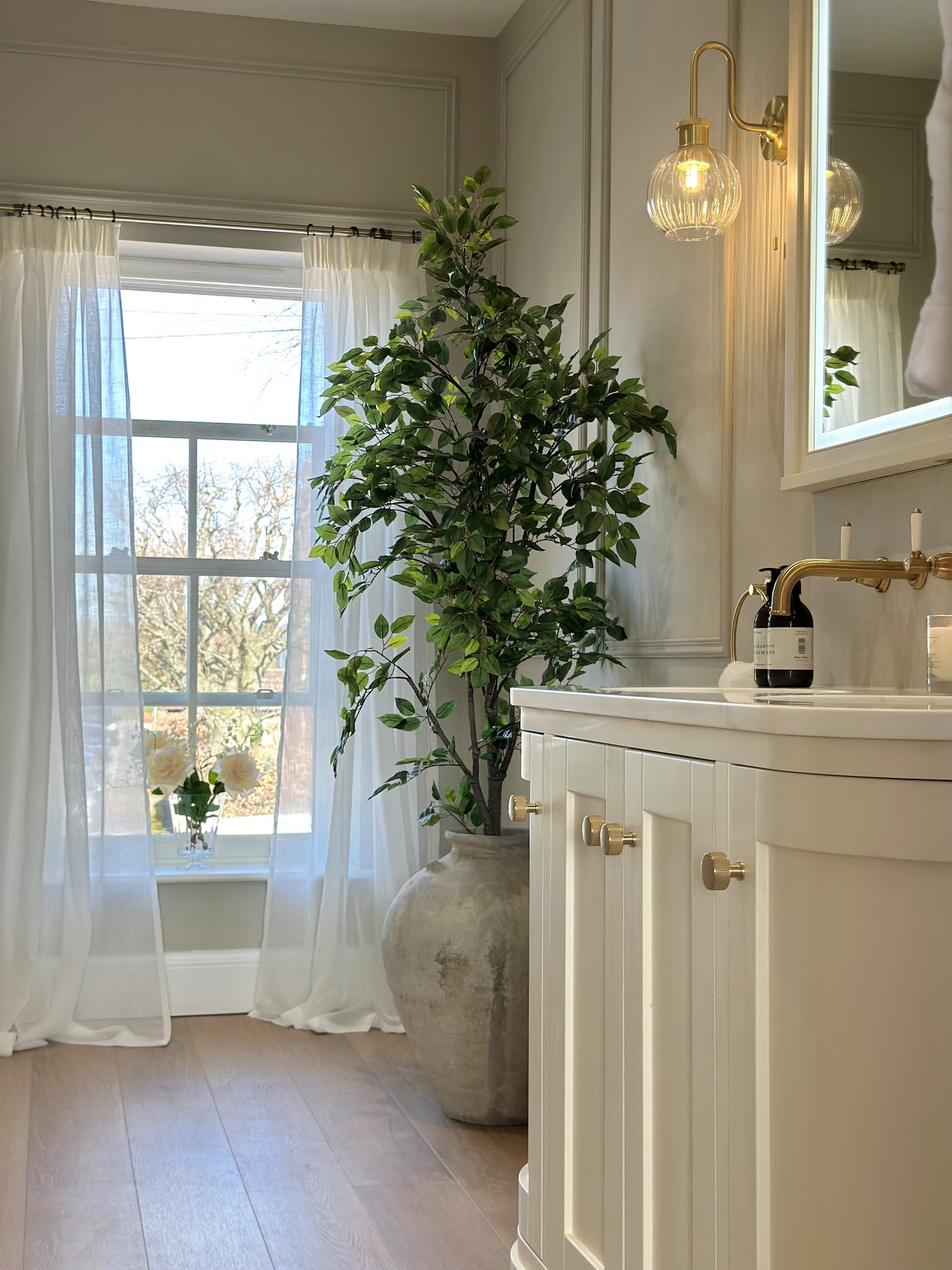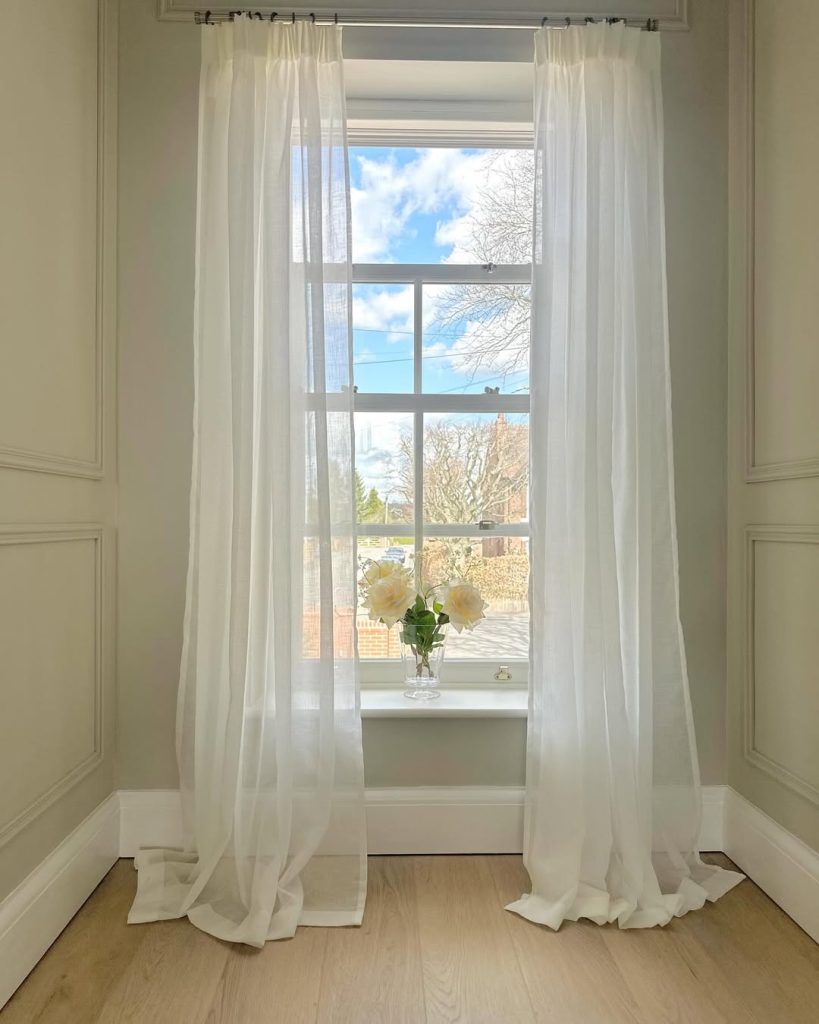
How To Get Rid of Mould Around Windows?
Mould around windows is an unfortunate issue that homeowners face in the UK. Not only is it unsightly, but it can also pose health risks, leading to respiratory problems and allergies. Understanding how to effectively tackle this problem is essential for maintaining a healthy living environment. In this guide, we’ll explore the causes of mould, how to remove it, and most importantly, how to prevent it from returning.
Understanding Mould Growth
Mould thrives in damp, humid environments, and windows are often prime locations for its growth. The primary culprit is condensation, which occurs when warm, moist air comes into contact with cooler surfaces, such as window glass. This is particularly common in areas like kitchens and bathrooms, where moisture levels are typically higher.
Why Does Mould Form Around Windows?
Condensation: When warm air meets the cold surface of a window, it cools down and releases moisture, leading to condensation. This moisture can accumulate and create the perfect breeding ground for mould.
Poor Ventilation: Modern homes are often designed to be energy efficient, which can inadvertently reduce airflow. Without proper ventilation, moisture can build up indoors, increasing the likelihood of mould growth.
High Humidity Levels: Homes with high humidity levels, often due to cooking, showering, or drying clothes indoors, are more susceptible to mould.
Leaks and Water Damage: If there are leaks around your windows or in the surrounding walls, this can lead to persistent dampness and mould growth.

Effective Mould Removal Techniques
If you’ve noticed mould around your windows, it’s important to act quickly. Here’s a step-by-step guide on how to effectively remove it:
Step 1: Gather Your Supplies
You’ll need:
• Protective gloves and eyewear
• A mask to avoid inhaling mould spores
• A bucket
• Warm water
• Washing-up liquid
• White vinegar or baking soda
• Rags or sponges
• A plastic bag for disposal

Step 2: Prepare the Area
Before you start cleaning, ensure the area is well ventilated. Open windows and doors to allow fresh air to circulate. This will help reduce the concentration of mould spores in the air.
Step 3: Clean the Mould
• Mix Your Cleaning Solution: Combine warm water with a few drops of washing-up liquid in a bucket. Alternatively, you can use a solution of equal parts vinegar and water or a paste made from baking soda and water.
• Scrub the Affected Areas: Dip a rag or sponge into the cleaning solution and scrub the mouldy areas around the window. Be thorough, but gentle to avoid damaging the window frame or sealant.
• Rinse and Dry: After scrubbing, rinse the area with clean water and dry it thoroughly with a clean cloth. This step is crucial, as lingering moisture can lead to mould returning.
• Dispose of Cleaning Materials: Place any used rags or sponges in a plastic bag and dispose of them to prevent spreading mould spores.

Step 4: Replace Old Sealant (if necessary)
If the mould has penetrated the sealant around your windows, it may be necessary to remove and replace it. Here’s how:
• Remove Old Sealant: Use a utility knife to carefully cut away the old sealant. Be cautious not to damage the window frame.
• Clean the Surface: Once the old sealant is removed, clean the area thoroughly to remove any remaining mould or debris.
• Apply New Sealant: Choose a high-quality, mould-resistant sealant and apply it according to the manufacturer’s instructions. This will help prevent future mould growth.
Strategies for Preventing Mould Recurrence
Once you’ve tackled the mould, it’s essential to take steps to prevent it from returning. Here are some effective strategies:
Improve Ventilation
Ensure that your home is well-ventilated. Open windows regularly to allow fresh air to circulate, and consider installing extractor fans in high-moisture areas like kitchens and bathrooms.
Control Humidity Levels
Using a dehumidifier can help reduce humidity levels in your home, especially during the winter months when condensation is more likely to occur. Aim to keep indoor humidity levels between 30% and 50%.
Insulate Windows
If you have single glazed windows, such as traditional timber sash windows, consider upgrading to double glazed sash windows. These provide better insulation, reducing the likelihood of condensation forming on the glass.

Regular Cleaning
Make it a habit to regularly clean the areas around your windows. A simple wipe down with a vinegar solution can help keep mould at bay.
Monitor for Leaks
Regularly check for any signs of leaks or water damage around your windows. If you notice any issues, address them promptly to prevent moisture accumulation.
Move Houseplants
While houseplants can improve air quality, they can also contribute to humidity levels. If you notice mould around your windows, consider moving plants away from these areas.
When to Seek Professional Help
If you find that mould keeps returning despite your best efforts, it may be time to consult a professional. Persistent mould issues can indicate underlying problems, such as poor insulation or significant water damage, that require expert attention.
Take Action with the Rose Collection Today
Mould around single glazed sash windows is a common issue that can be effectively managed with the right approach. By understanding the causes, taking steps to remove existing mould, and implementing preventative measures, you can maintain a healthier living environment.
However, the most effective method to prevent mould growth is to upgrade your windows. We offer a range of high quality, double glazed, timber alternative, uPVC sash windows. With features such as trickle vents, you can enhance your home’s comfort and aesthetics while ventilating it effectively.
For a free quote on our window solutions, please use our online quoting engine today! Our friendly team will put you in touch with your local Roseview Approved installer.
Categories: Rose Collection


